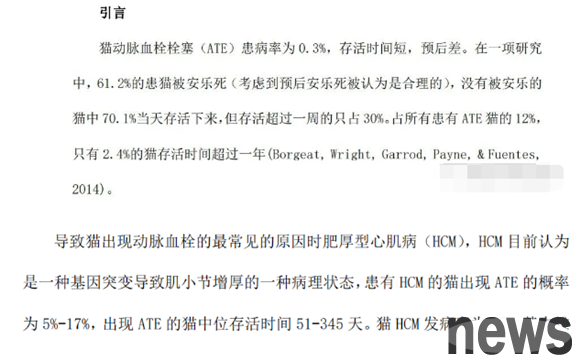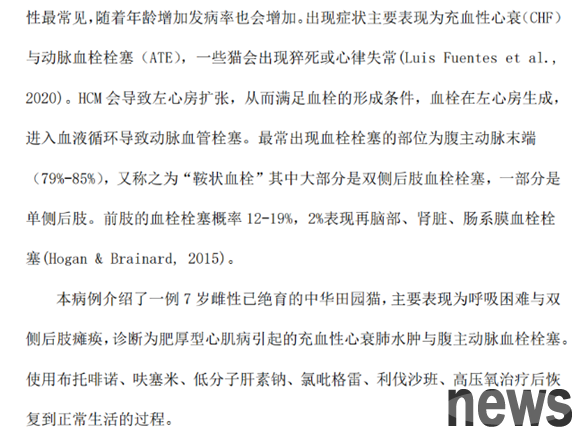Today I share a case report on my ISVPS case exam
The ISVPS Cardiology Examination of the International Veterinary Continuing Education College registered in 2021 has passed. Although obtaining this certificate does not mean becoming an expert, this is one of the few internationally recognized certificates in China. The tuition fee is more than 30,000 yuan. It is a relatively cheaper among ISVPS. It is said that it is much cheaper than registering for this course abroad. Passing the exam is an explanation for my two years of study. I created this official account a year ago to urge myself to keep learning.

You can also find the name of the certificate holder by entering the official website. I searched for more than 80 people around the world who passed the ISVPS cardiology exam this year, and 9 people in China passed the exam. There are more than 40 students in this period. Because some students applied for the postponement of the exam, the pass rate seemed to be relatively low. "
" The electronic version's certificate looks like this. I don't know if the paper version is the same. It will take some time to receive it.
ISVPS course content is very detailed and comprehensive. Due to the previous epidemic, I met and discussed with teachers and other students online every month. Every time I discussed it until very late. Without the epidemic, it is usually offline. I would like to thank Teacher Luo Qianyi for helping me translate my questions every time I went to class, and the case report exam also provided me with revision suggestions. The exam questions are still relatively difficult, and they are divided into written tests and case report tests. The written test questions are relatively difficult and there are many requirements for case reports. Today I will share with my case report test part. ”

According to a cat's abdominal aortic thromboembolism, a case report of medical treatment for internal medicine
Abstract
Artificial thromboembolism is a common clinical symptom of cats with heart disease. The most common cause of arterial thromboembolism is hypertrophic cardiomyopathy. Once arterial thromboembolism occurs, the survival time and quality of life of the cat will be severely affected. Most of the cats die within one week, and a small number of the cats who survive the cat may face serious complications. This case introduces a 7-year-old Chinese pastoral cat who has been spayed, mainly manifested as dyspnea and bilateral hindlimb paralysis, after cardiac ultrasound and X After photoexamination, it was diagnosed as congestive heart failure caused by hypertrophic cardiomyopathy and abdominal aortic thromboembolic. After diagnosis, diuretics were used to relieve breathing difficulties, pain was given to treat analgesics to control pain, and anticoagulation was used with low molecular weight sodium heparin and clopidogrel anticoagulation. After pulmonary edema was relieved, he combined with hyperbaric oxygen treatment. On the 7th day of the treatment, both hindlimbs resumed walking, and after discharge, rivaroxaban was used instead of low molecular weight sodium heparin. The situation was stable until the next three months of reexamination.
